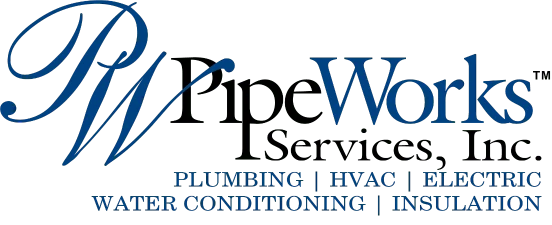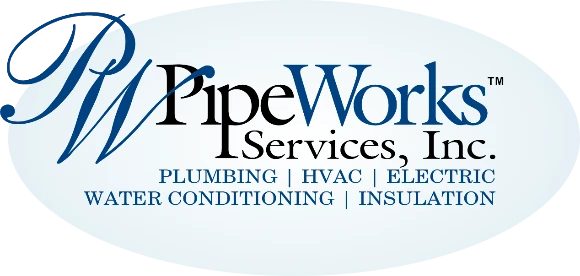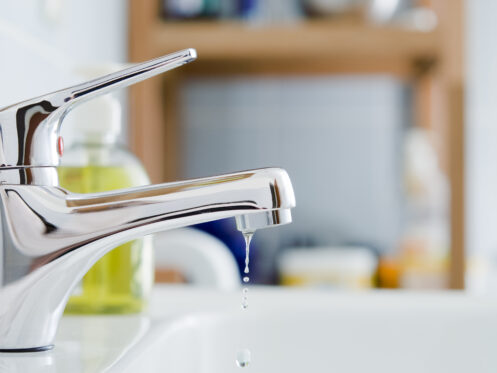Even basic faucet installation or replacement tasks prove far more manageable when armed with the right tools to overcome the challenges of limited workspace and complex connections. When you understand the tools that plumbers use for everyday work, you can address minor issues on your own and have a better idea of what plumbers you hire will do. Here are some tools kept on hand by professional plumbers to conquer tricky sink hardware accessibility and embedding. Some are specialized equipment, but you might already have others around your home.
Basin Wrench
A basin wrench allows you to reach up inside cramped sink compartments to loosen and tighten retaining nuts and mounting bolts during faucet removal and installation. Its elongated design provides the angle and leverage needed for fastening hardware that would otherwise be extremely difficult to access. The wrench’s swivel head design pairs with different-sized expandable jaws to deliver exceptional torque capacity in tight spaces.
Some basin wrench sets feature multiple detachable socket sizes to accommodate a wide range of supply nuts and mounting bolts. Splurge for a heavy-duty steel model rather than a cheaper aluminum version prone to stripping or flexing under pressure.
Faucet Supply Lines
Your sink needs a compatible set of flexible supply lines that connect the faucet to the supply valve outputs hidden in the cabinet below. These durable hoses come preassembled for no-leak performance. Choose braided stainless steel for longevity or replace aging plastic lines while you have the space accessible. The supply line replacement kit needs to match your faucet’s connection requirements such as threaded or quick-connect fittings.
When estimating needed supply line lengths, a plumber will measure precisely from faucet shanks to bottom-rear valve locations while accounting for kinks. Custom-cut lengths prevent unsightly coiled slack yet remain flexible enough for pulls through cabinet openings during installations.
Pliers
A reliable set of locking pliers helps plumbers get solid grips on supply line fittings, PVC nuts, valve handles and small mounting nuts during faucet removal and installation. A pair with a comfortable hand grip can help provide extra torque when parts feel stuck. Plumbers often switch between slip-joint and needle-nose styles to best match awkward connection shapes hidden behind pipes and drains.
Generally, professionals will avoid using pliers directly on decorative fixture surfaces to prevent scratch marring or clamp indentations. Instead, they’ll grip the joint’s internal nuts or external flanges to safely generate turning force. Also, they may pad jaws with vinyl tape or rag wraps on polished chrome to avert metal-on-metal contact damage.
Flashlight
Improving visibility is hugely helpful when working in dim under-sink compartments. A bright LED flashlight illuminates critical connection points while leaving hands free for part swaps, unlike bulky shop lights. Hands-free headlamps also work nicely. Flexible mini LED flashlights prove extremely useful in guiding sightlines to rear supply valves and identifying ideal tool contact angles.
If you’re helping your plumber with illumination, position flashlights overhead rather than bottom-aimed to cast helpful shadows that reveal hardware part outlines behind clustered plumbing. Slow sweeping flashlight movements help discern detail. Have spare batteries on standby since repeated on/off cycling drains charge quicker in lengthy projects.
Shutoff Valves
Installed shutoff valves controlling each faucet’s hot/cold water feed make installations considerably more straightforward. With a shutoff valve, you simply rotate the nearby cabinet valves counterclockwise before beginning to prevent messy geysers mid-project. It may be a good idea to request a plumber add them if missing and check shutoff valve functionality well in advance of scheduled faucet replacement jobs to avoid stuck failures prolonging water flow.
Upgrade older compression valve designs to 1/4-turn ball valves for faster, drip-free shutoffs. Their rotating lever handles clearly indicate open or closed status. Also, replace standard brass with durable PEX variants immune to scale/corrosion seizure over decades. Position valves conveniently to access without contortions bending around plumbing.
Teflon Tape
Teflon tape prevents leaks at joints by creating tighter thread friction. For example, when dealing with threaded supply line connections, a plumber may wrap the male pipe ends with one to two overlapping layers of Teflon tape before insertion. It also makes pieces easier to disconnect later if needed. They’ll stretch the tape — sometimes called plumber’s tape — carefully around threads moving clockwise so it unravels with the thread direction as fittings screw together.
Professionals will know to avoid wrapping tape over-zealously in piled gobs rather than flatly, as excess tape actually prevents full thread engagement. They’ll also unwind fresh tape if bunched wads become visible, which signals over-application, and ensure tape pliably conforms to point depressions so it doesn’t create air pockets.
Adjustable Wrench
An adjustable crescent wrench loosens nuts and compression sleeve fittings during hardware swaps. Its smooth-jawed design is less likely to scratch fixtures. Being able to customize jaw width also helps provide ideal gripping pressure on variously sized fittings from supply stops to trap joints. Open-ended adjustable wrenches allow rapid repositioning as plumbers encounter differently sized nuts and valves under tight sinks.
Best practices include gripping chrome fixtures near joint ends without covering decorative logos mid-span when applying adjustable wrench leverage. You can prevent damage by using just enough clamping force for grip rather than over-torquing down on fragile decorative finishes. Textured vinyl jaw cover options offer added surface protection, too.
Bucket
Even with the water turned off, professionals know to expect some residual drain-down when detaching supply lines and hoses during removal. They may place a small bucket underneath to catch drips so they don’t spill into cabinets and check fittings alignment as they reconnect everything to prevent misses. Shallow plastic buckets can maneuver easily around plumbing as a plumber drains and tilts faucet bodies during the uninstall process before reinstalling.
To assist the bucket in its job, a plumber may nest a collection bucket atop a small folded towel to absorb any splatter beyond the container’s catch capacity. Doing so minimizes water marks on surrounding cabinet surfaces or the floor underneath. Confirming a bucket remains level while working can reduce the risk of spilling contents. Aiming supply hoses and valves downward when manipulating will help you take advantage of the buckets below.
Screwdriver
Standard flathead and Phillips screwdrivers help remove old screw-mounted taps plus tighten fastener hardware that comes with new faucet models and drain kits. Magnets in screwdriver tips help retrieve dropped screws in tight spaces. Experts will likely carry an array of short and thin long-shafted screwdrivers to dismantle hardware in crammed sink cabinets and properly torque reinstallation screws.
Safety Goggles
Safety goggles are great for protecting eyes from debris and grime, such as when taping supply valves open or testing for leaks at the end. Water pressure can dislodge grit accumulated in pipes over time as flow resumes. Goggles prevent that grit from rocketing into someone’s eyes. Flexible safety glasses add cover to nearby skin, too, since the water pressure may vary as the water makes its way to the new faucet.
Chemical splash goggles offer indirect ventilation and sealed coverage around the eyes rather than just basic impact shields open at the sides. Rubberized goggle frames provide a comfortable, non-slip fit against the face without relying on dust particles reaching behind typical shop glasses. Plumbers will often keep multiple sets of sealable eye protection on hand so any helper nearby can gear up too before valve-turning water restoration.
For many years, Pipe Works Services has been a premier plumbing service provider in the northern and central New Jersey areas. We also offer heating, air conditioning and insulation work for residential and commercial clients. Contact us at Pipe Works Services today for plumbing services and more!





